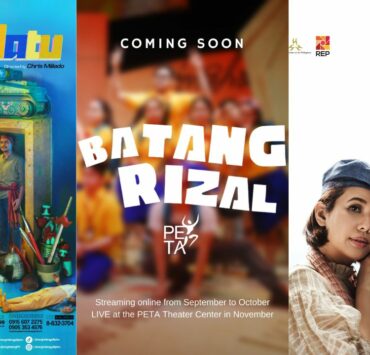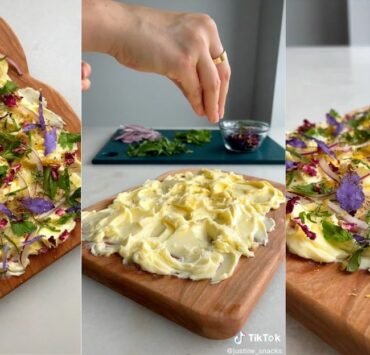Anyone who’s followed Bayo can tell that the brand has reinforced its roots of being a Filipino label, differentiating itself from the influx of mass-produced imports that have dominated the local market in recent years. One notable collaboration is with HABI: The Philippine Textile Council, where Bayo worked with local artisan communities and empowered them in their trade, using textiles created with time-honored techniques in everyday wear.
With Bayo’s Journey to Zero initiative, the brand is strengthening its efforts in developing a local circular economy, taking the road not all local brands—not even global fashion giants—dare take. Today, it’s working towards zero waste and zero emissions while creating sustainable livelihoods for craftspeople.
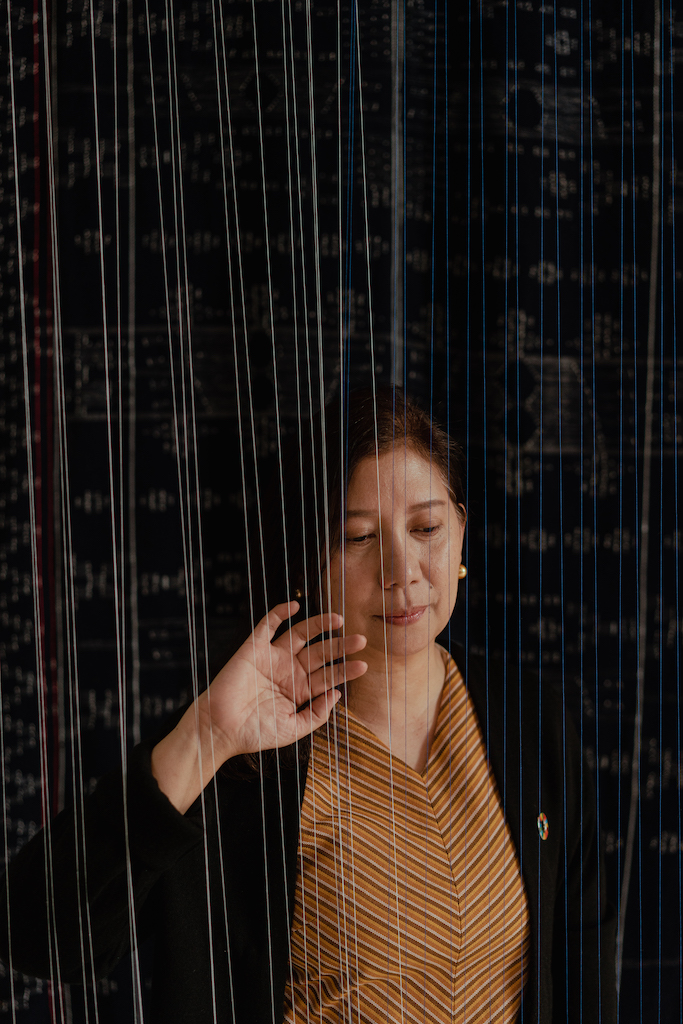
Anna Lagon, CEO of Bayo, believes it’s the natural way to go as a company focused on sustainability. “When you get your resources from the community nearest you, it saves a lot of carbon emissions. So it makes sense that you ramp up your supply chain of locally sourced materials and are accessible as well in terms of proximity,” she explains.
Bayo has ramped up these efforts in producing their own supply of Philippine silk, too, resurrecting a nearly-dead tradition of silkworm raising in the north.
‘Like queens’: The intricate process of Philippine silk
Creating local silk is nearly as delicate as its byproduct—save for the literal mountains Lagon and her team had to cross to get to the source.
Some of the Philippines’ final vestiges of silk makers are in the upland town of Kapangan, Benguet, where the local sericulture farmers have since given up raising the queen-like silkworms for other livelihoods that were less precarious.
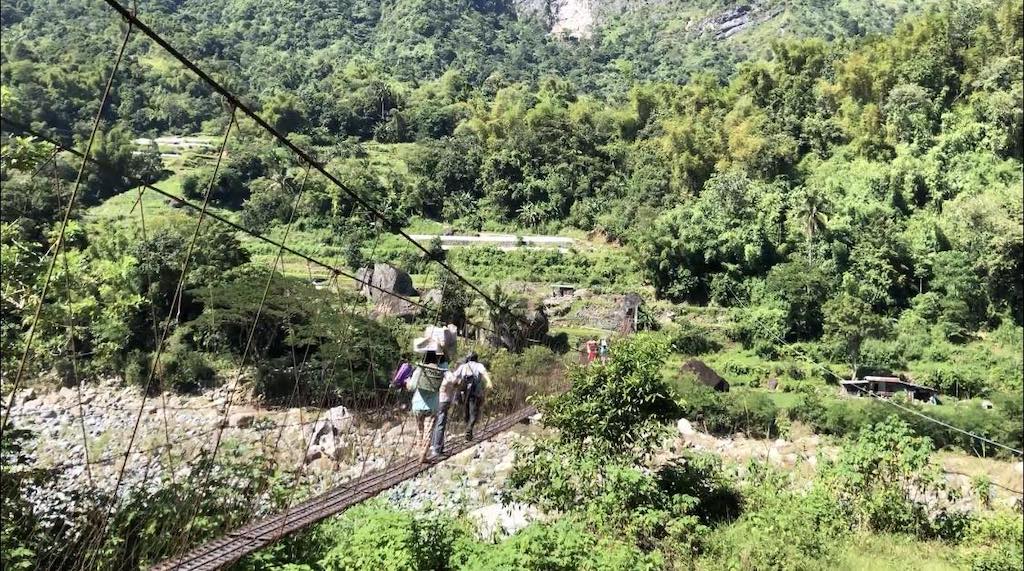
Lagon shares that the culture of silkworm-raising is embedded in Kapangan, so much so that the silkworm figures on the town flag. “I asked them, ‘You already have that as part of the products in this community, but how come there are no existing sericulture industries now?’ [They told me] it has long been there, but it got lost along the way because of the market —there is no viable market for them. No one was interested in buying them, and no one was able to provide the technologies that help them continue the practice.”
Since Bayo entered the picture, the silk farms in Kapangan have become a small but thriving industry. 100 percent of what the farmers produce are bought and spun into fibers and yarns, before being handwoven into fabrics. To manage the availability of the silk, the silk garments are offered for custom orders through Bayo. This had led to a 200 percent increase in prices for the silk cocoons, which directly benefited the farmers, Lagon explains.
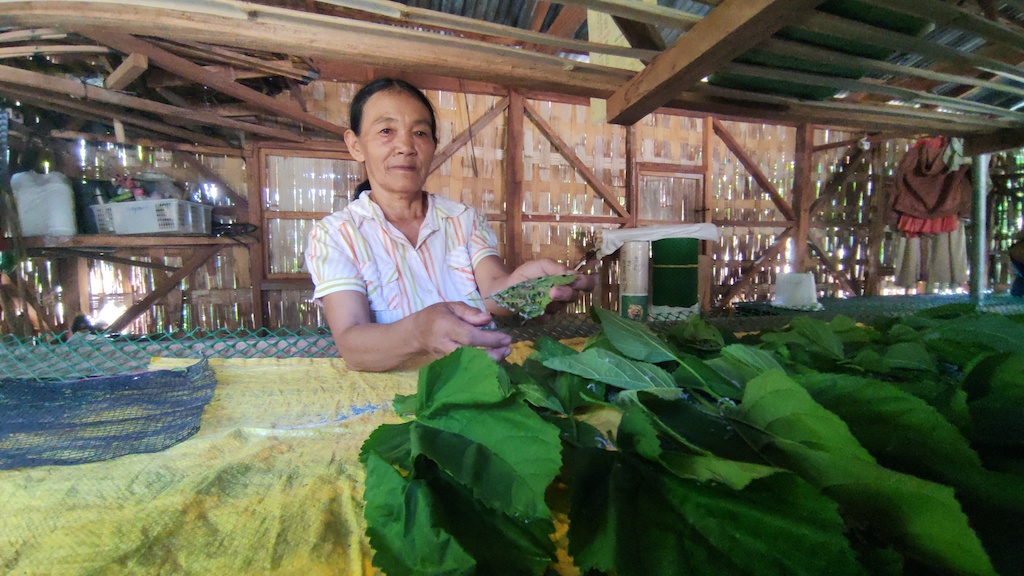
Bayo was far from the first to attempt using local and naturally made silk for its garments. Yet they may as well be the most well-poised to adapt it for mainstream production. The company worked in collaboration with the Department of Science and Technology and the Philippine Textile Research Industry to explore the potential of local fibers.
“[Producing local silk for retail] has been tried and tested before,” Lagon explains, “But it did not propel into that bigness because there was no market available at the time. With Bayo in that space with the other agencies, it’s like we’re completing the picture—having a market ready to buy [the silk garments] produced by our silk farmers who are now being sustained by the company.”
It’s a painstaking process. The silkworms grow in the homes of the farmers, with the mulberry trees the company sources for the tiny silk creatures. “They are so spoiled, they’re like queens,” Lagon shares of the silkworms, who need to eat the mulberry leaves as fresh as possible or not eat at all.
The leaves have to be dry, too—a challenge now amid the country’s wet season, when torrential rains besiege the country. The silkworms don’t like wet leaves, Lagon says, and they would not eat as much as they can once they are wet.

Once the silkworms have eaten, the farmers need to close down all sources of light as possible; it’s in darkness when these creatures thrive. They go into a slumber and start weaving cocoons, which contain the much-prized fibers that would be hand-spun into local silk.
The result? A fine, crisp, and translucent fabric that is soft to the touch, and can either be draped on or added with volume. “It’s a very hardworking fabric,” Lagon describes it, adding that the silk is easily manipulated and versatile.
Telling the story of silk and sustainability
At the end of the day, producing silk is sustainable—in itself and in ensuring constant livelihoods for those that farm the silkworms and grow the mulberry trees the latter feast on, Lagon shares. Silkworm farmers are paid for the cocoons their silkworms produce, twice the amount of what they used to earn, according to Lagon, “to motivate and assure them that we are here to support them.” At the same time, it presents an opportunity for Bayo to create end-to-end natural and local fibers, staying true to source local and sustainable materials.
People ask me whether Bayo is a social enterprise… We’re registered as a company, not as a social enterprise. But I don’t think it should limit us from doing the ways a social enterprise does.
Anna Lagon
“Our hope is to inspire a lot of people who would have a chance to try those fibers. We hope that people would appreciate the story behind it. It’s a representation of all the efforts, all the initiatives, and all of those lost opportunities that are now starting to grow,” Lagon shares.
While there have been concerns about the practice of silk farming not being entirely cruelty-free, Lagon argues that silk production makes the most out of the pupa’s life cycles. “The worms die in a few days. That’s their cycle. We don’t intentionally harm them. We’re actually optimizing the way nature has made them because nature has made them to produce those silk cocoons. We’re optimizing it so that if it goes back to the environment, there will be no harm at all.”
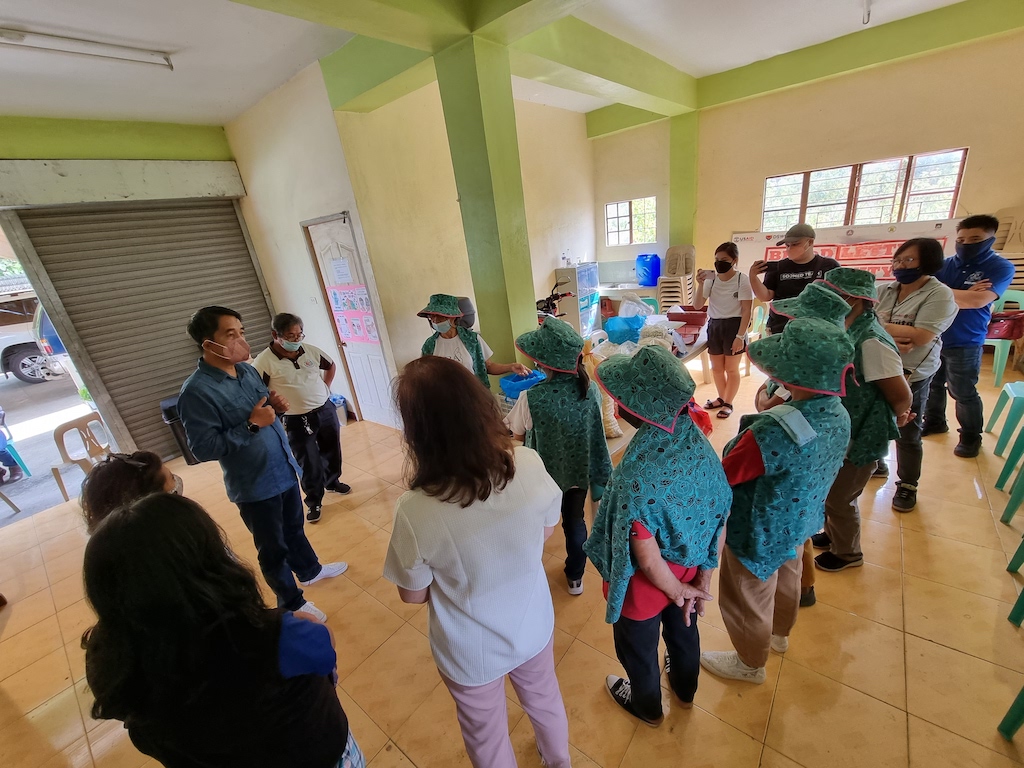
Bayo is not alone—with silk considered a more sustainable and renewable fiber, around the world, studies have been made on utilizing sericulture as sustainable agroindustry. A Harvard study found that when treated with care, the silk production supply chain can present little ecological impact, representing a rare end-to-end process that adapts well to climate change, sustainability, and fair trade.
In the Philippines’ case, the silk farming process is chemical-free and ensures livelihoods for the farmers’ families and future generations in Kapangan, Lagon elaborates. And Philippine silk is only the beginning in building a network of local and sustainable practices that empower homegrown makers and products.
Bayo has also begun using natural ingredients to create chemical-free dyes such as buko (“an old rose hue that can range from very light to darker shades”), cogon (“a lime-yellow color”), and coffee (“khaki and other skin-tone shades”), the CEO shares.
The brand has also begun to explore bakong, a fiber developed from an aquatic plant common in the wetlands of Cagayan. All of these are natural, chemical-free processes and products that Lagon says are gentle on the environment and people.
Bayo’s corporate social responsibility arm, the Bayo Foundation, is also launching its HARVEST (Heritage and Artisanship Reimagined as a Vehicle for promoting Economic growth, Sustainability, and Technology) Hub in Baguio City, which cements the conversation of a circular creative economy that the brand achieves to establish.
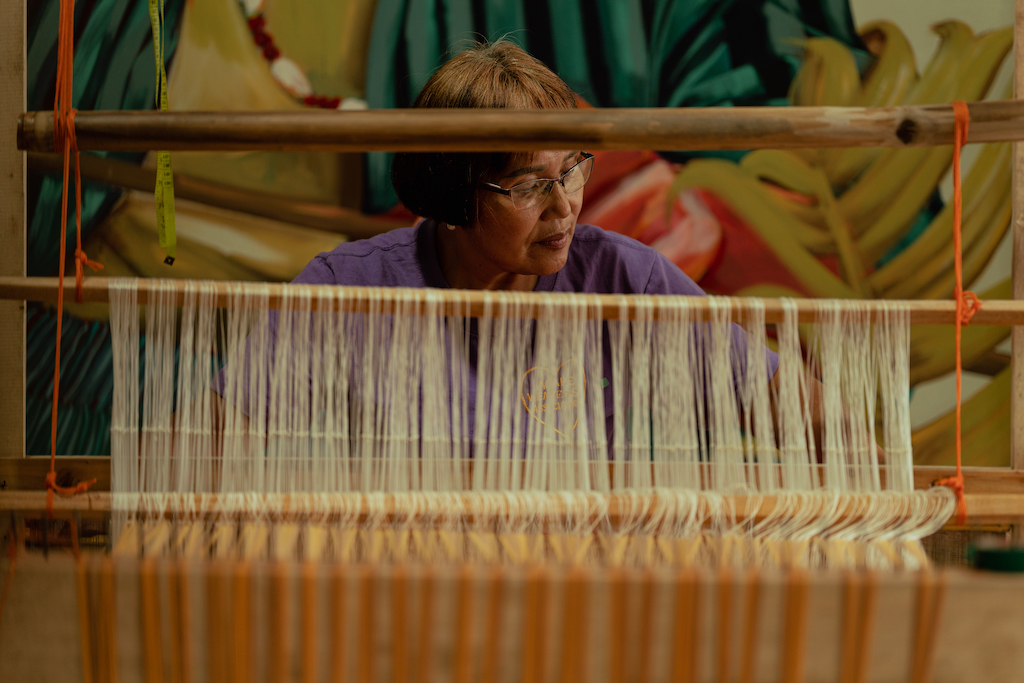
The HARVEST Hub aims to host a space for the Kapangan silk farmers and the rest of the region’s makers, serving as the medium for dialogues between these communities and creatives. “We plan to curate the space as a place for creatives in Baguio to go to for workshops for capacity building so that we can support more communities, and to also learn from their heritage, their past, and their histories,” Lagon explains.
Sustainability, zero waste, and supporting communities may sound like lofty principles for retail companies who understandably care about the bottom line, but Bayo believes in doing more.
“People ask me whether Bayo is a social enterprise. My quick answer to that is yes and no. We’re registered as a company, not as a social enterprise. But I don’t think it should limit us from doing the ways a social enterprise does. And to us, the company has become a platform for social good.”


